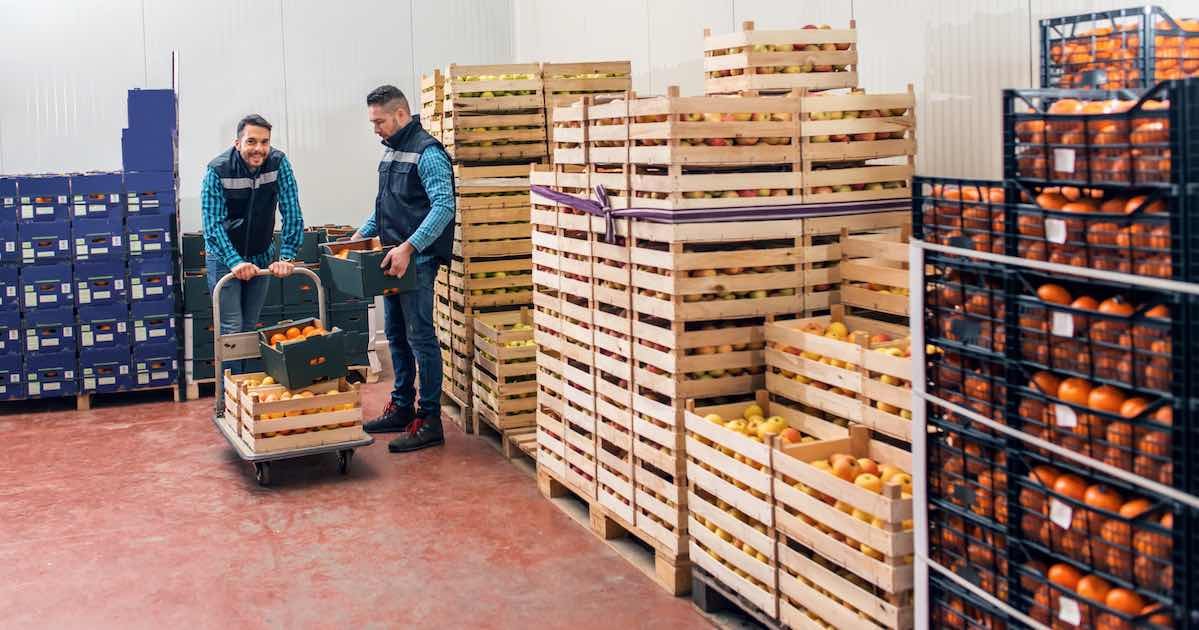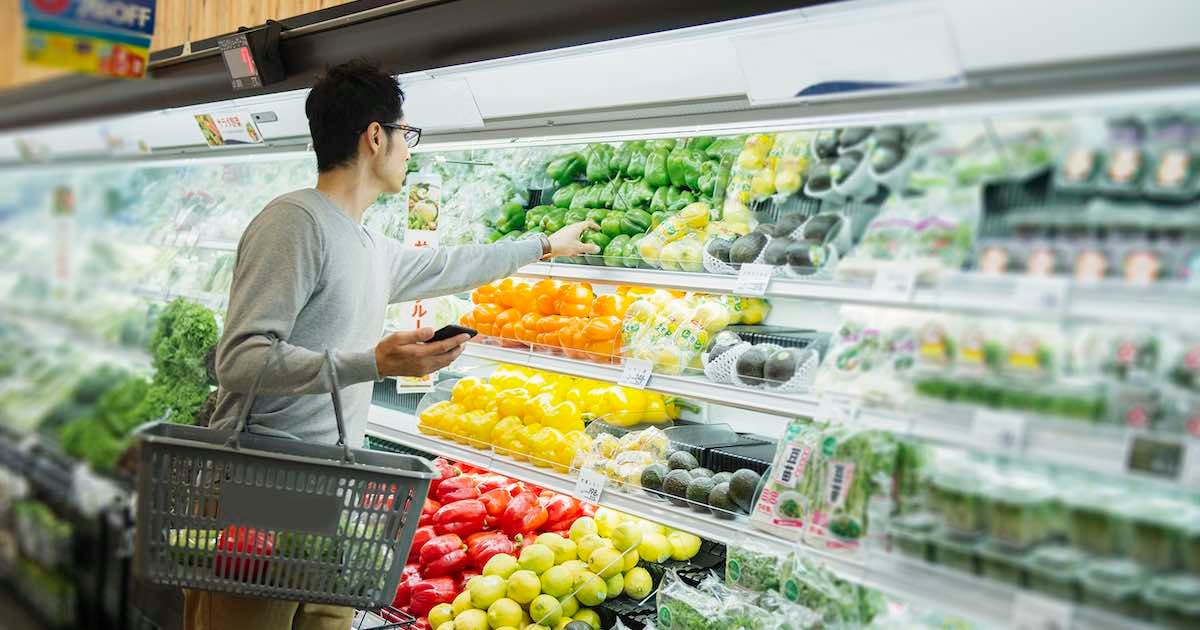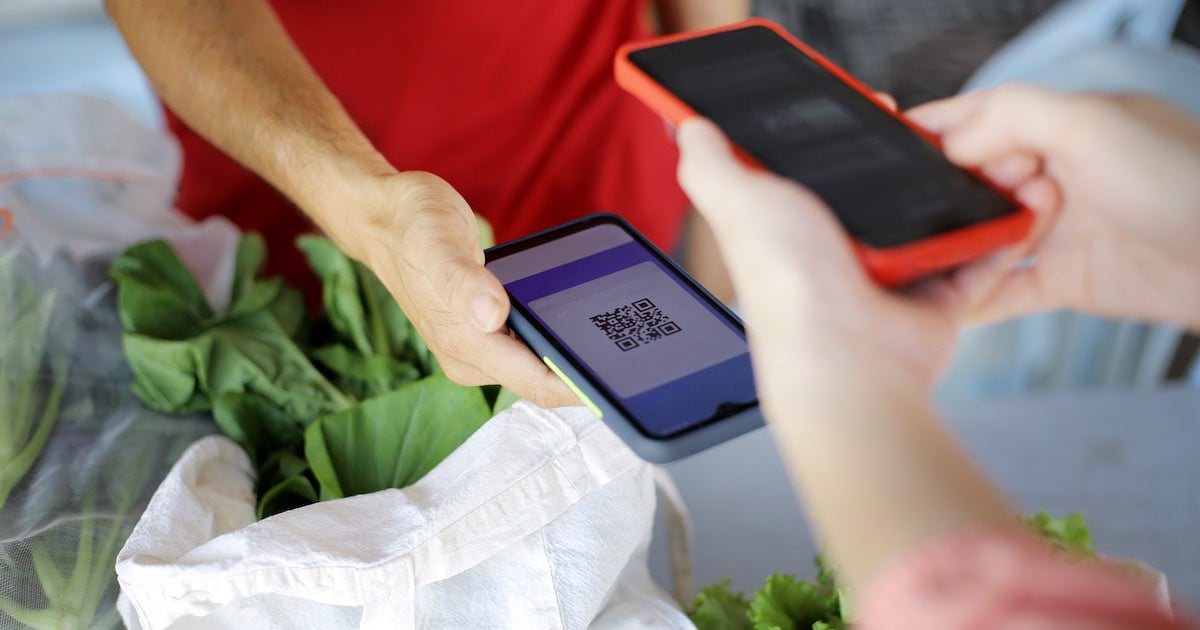Written by SmartSense | Food Safety, HACCP, FSMA, Supply Chain, Grocery, Food Service
Explore solutions built for your industry
Our customer-proven solutions monitor medications and food inventories for some of the most recognizable names in the industries of healthcare, food service, and transportation, and logistics. See how our solutions adapt to your industry needs.
SEE SOLUTIONSKroger Health Strengthens Compliance Visibility with SmartSense
Watch The VideoLEARN
Questions? Call +1 (866) 806-2653 to speak to our experts.
Schedule demoQuestions? Contact us.
Call +1 (866) 806-2653 to speak with our experts or get started with a demo.
CONTACT USAbout Us
SmartSense was created to use the power of the Internet of Things (IoT) to help our customers protect the assets most critical to the success of their business.
See our storyCONNECT. PROTECT. RESULTS.
Questions? Call +1 (866) 806-2653 to speak to our experts.
Schedule demoPlease select your login
March 26, 2024
Why Supply Chain Visibility is Essential for Food Retail
Successful food retailing is a complex operation that starts long before product arrives at the store. For instance, a pivotal point in this process is the transfer of product from transport vehicles to a grocer’s warehouse. Why? Because temperature-sensitive foods deteriorate quickly if not stored promptly in refrigerated areas upon delivery.
Of course, the flow of food across the supply chain encompasses a multitude of similar points of contact requiring timely action to maintain food safety, quality, and availability. In this post, we take a look at why end-to-end transparency, also known as “supply chain visibility,” is a must for the modern grocer and food retailer.
Supply chain visibility (SCV) is essentially an inventory logistics strategy that tracks, monitors, and records the flow of food (e.g., raw materials, assembled components, and final products) as it travels across every node in a supply chain network: from farm to fork, from production to consumption, from retail store to individual customer.
SCV is powered by IoT-enabled Sensing-as-a-Service technologies and software, which provide real-time data about the “what, where, and when” of your supply chain:
- What is being tracked: both the conditions of a food product, such as temperature and humidity, and larger macro-economic patterns, such as logistics configurations and consumer trends
- Where it is being tracked: that is, its physical location in space, including farms, manufacturers, transport vehicles, warehouses, retail stores, refrigeration units, store shelves, and delivery packaging
- When it is being tracked: which in today’s real-time market environment should mean “right now” rather than yesterday or last week
Typically, SCV is part of a company’s enterprise resource planning system, in that it provides the BIG PICTURE view both inside a company’s operational borders and across its partner networks. Once implemented, the goals of SCV are to collect, share, and analyze real-time data about supply chain operations and thereby mitigate risk, boost efficiencies, enhance customer satisfaction, and increase profits.
So, why is SCV important to food retail? End-to-end transparency gives companies a competitive advantage by generating descriptive insights into the inner workings of every link in the chain. Using sophisticated data analyses, executives and management can make better business decisions about food safety, quality, and inventory, at the same time that staff are guided to perform tasks accurately and to take immediate corrective action, if necessary.
Practical benefits of supply chain visibility for food retailers

- Safety compliance and quality control: documented adherence to federal and state safety regulations, mitigated safety excursions, reduced risk of foodborne illness, and prevention of brand-damaging recalls
- Operational efficiency: just-in-time inventory control, cross-collaboration among departments and retail stores, and proactive resolution of problems to avoid disruptions to the flow of food
- Worker productivity: prescriptive workflows and task-specific quality control checklists ensuring that all teams operate within the same framework and standards, automation of error-prone processes and time-consuming repetitive tasks, and redirection of labor to duties that better enhance the customer experience
- Customer satisfaction: guarantee of safe and healthy food, just-in-time fulfillment of the right products at the right locations at the right time, and flexibility to meet evolving consumer demands
- Optimized P&L: avoidance of product loss and food waste, reduction of operational and overhead costs, and increased profits and revenue
Let’s consider two scenarios demonstrating why SCV is now essential in the retail food space: first, a seasonal challenge faced by every retailer — the need to protect perishable foods during surge periods; and second, an imminent piece of compliance legislation — the implementation of the new FSMA Traceability Rule in 2026.
Protecting perishable foods during surge periods

Shifting consumer demand during surge periods requires sophisticated and intelligent systems that empower real-time operational decisions. While most of the calendar year operates at “baseline focus accuracy,” promotion periods, special sporting and cultural events, and certain holidays bring more challenging “lift focus accuracy” requirements. In these cases, the margin for error in ensuring on-shelf availability of food products becomes wider as special deals or event-related favorites influence supply and demand.
High-volume buying periods also require meticulous food safety practice, as increased consumer demand puts additional pressure on grocers to ensure the safety and quality of perishable foods, such a produce, dairy, and meat. Add to that the need to mitigate food waste caused by the disposal of products that are past their expiration dates, over-ripe, wilting, or discolored, and suddenly, your staff faces a “perfect storm” of food management challenges.
SCV monitoring of the condition of perishable inventory informed by IoT-enabled Sensing-as-a-Service capabilities is crucial from the moment it leaves the farm to its placement in bins and refrigeration units in the retail store. Otherwise, you jeopardize the trust of consumers, especially since making a brand-switch is easy in a competitive market.
Preparing for the FSMA Traceability Rule

Compliance requirements under the Food Safety Modernization Act (FSMA) are a crucial aspect in ensuring food safety and meeting the regulations set forth by the Food and Drug Administration. As the compliance date for the FSMA Traceability Rule (FSMA 204d) creeps closer, experts say food manufacturers and processors should start preparing now for 2026.
FSMA 204d establishes new traceability recordkeeping requirements for companies that manufacture, process, pack, or hold foods included on the Food Traceability List. This final rule is a key component of FDA’s New Era of Smarter Food Safety Blueprint.
The requirements identified in the final rule will allow for faster identification and rapid removal of potentially contaminated food from the market, thereby resulting in fewer foodborne illnesses. At the core of this rule is a requirement that food companies maintain records containing Key Data Elements associated with specific Critical Tracking Events and provide information to the FDA within 24 hours.
FSMA 204d aligns with current industry best practices and covers domestic and foreign firms producing food for U.S. consumption along the entire food supply chain in the farm-to-table continuum. The compliance date for all persons subject to the recordkeeping requirements is Tuesday, January 20, 2026.

According to Gil Dror, CTO at SmartSense, “As organizations prepare for FSMA 2026, we will see the adoption of digital tracking systems. Similar to the processes employed by logistics giants, products will be scanned at every checkpoint, and real-time location information will be easily accessible on a dedicated dashboard. This streamlined approach is poised to enhance efficiency and transparency throughout the logistics chain.”
In a recent article for Refrigerated and Frozen Foods, Guy Yehiav, president of SmartSense, summarized the company’s point of view regarding the urgency to implement SCV before the advent of FSMA 204d in 2026.
I believe 2024 will prove that cold chain technologies are no longer merely a nice-to-have for manufacturers and processors. Automation is the new table stakes for food safety and quality. You need real-time traceability and condition monitoring capabilities now more than ever in an environment where all it takes is one critical error during distribution to put consumer (and brand) health at risk. Companies have gotten away with relying on manual reporting processes and spreadsheets for a long time, but I think we’re at an inflection point as an industry with FSMA 2026 on the horizon. Those who are still slow to embrace cold chain technology next year will face an uphill battle and fall behind industry competitors that will be able to serve their customers better. Now is the time to embrace digitalization’s role in the future of food safety, but technology is only as strong as your ability to act on it. Ensure you have the right people, products, and processes in place to execute.
Learn more about partnering with SmartSense to improve your company’s supply chain visibility.
Subscribe to the SmartSense Blog
Stay up-to-date on the evolution of IoT connectivity.
CONNECT. PROTECT. RESULTS.
Learn how our complete critical
environment monitoring solution will help you
connect and transform your business.
Call +1 (866) 806-2653 to speak with our industry
experts or get started by
requesting a demo.